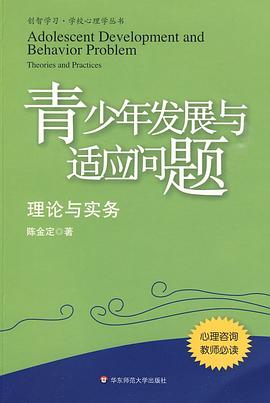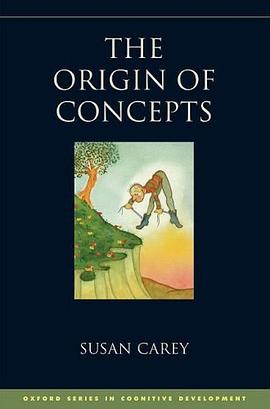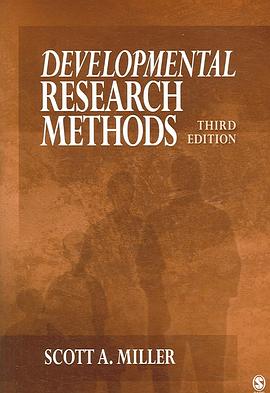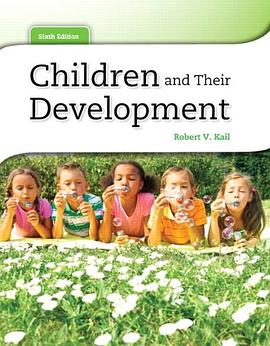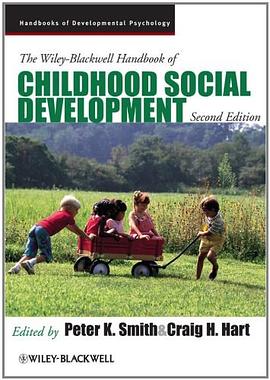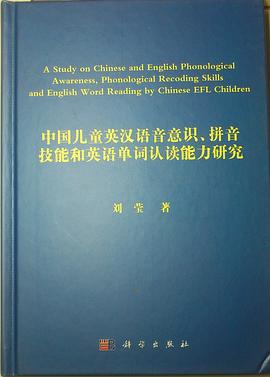
具體描述
《中國兒童英漢語音意識、拼音技能和英語單詞認讀能力研究(英文版)》研究瞭兒童英語單詞認讀技能的習得,研究問題為對學習外語的漢語兒童來說,語音技能對英語單詞認讀技能是否重要以及母語語音在其中所起的作用。本研究首先對音節結構進行瞭跨語言的詳盡分析,重點比較英、漢語音和拼寫法方麵的異同。分析重點討論瞭漢語的音節結構特點及其可能對語音意識和英語單詞認讀的影響。提齣瞭兩個研究問題,根據漢語的特點和外語學習的條件進行調整,設計齣實驗方案。實驗結果錶明語音技能在大陸漢語兒童學習英語單詞認讀的過程中起著重要的作用。
作者簡介
目錄資訊
PrefaceAcknowledgementsAbstract摘要Chapter 1 Introduction 1.1 Research motivation 1.2 Definition of phonological awareness rPA) 1.3 Phonological awareness and L2 word reading 1.4 English word reading in the Chinese context 1.5 Key research questionsChapter 2 Phonological Skills and English Word Reading 2.1 Research background 2.1.1 English word reading and English reading 2.1.2 Models for development of English word reading skills 2.1.3 Phonological skills and English word reading 2.2 Issues in PA and English word reading 2.3 Issues in English word reading 2.4 MethodolcIgical matters 2.4.1 Classic PA tasks 2.4.2 Cognitive dimension 2.4.3 Linguistic dimension 2.4.4 Orthographic dimension 2.5 Theoretical accounts for the connection 2.5.1 Cognitive view 2.5.2 Emergentist view 2.5.3 RePresentational view 2.5.4 Multiconnections account for English word readingChapter 3 Reconsidering the Issues in EFL Context 3.1 Introduction 3.1.1 Linguistic differences theory 3.1.2 Linguistic differences and reading skills 3.1.3 Linguistic differences and PA 3.2 Chinese mainland EFL learning context 3.3 Research rationale 3.3.1 Introduction 3.3.2 Syllable structure of Chinese 3.3.3 Chinese writing system 3.3.4 Structure of Chinese pinyin 3.3.5 Problems with pinyin system 3.3.6 Role of pinyin in learning to read 3.4 Methodological considerations in Chinese EFL context 3.4.1 English word reading tests 3.4.2 CPA tasks 3.5 SummaryChapter 4 Experimental Studies 4.0 Research questions 4.1 Participants 4.2 Chinese and English PA tests 4.2.1 Method for PA tests 4.2.2 PA task selection 4.2.3 CPA tests 4.2.4 EPA tests 4.3 English vocabulary, Chinese word reading and English word reading tests 4.3.1 English vocabulary test 4.3.2 Chinese word reading test 4.3.3 English word reading test 4.4 Pinyin reading test 4.4.1 Design 4.4.2 Materials 4.5 English nonword reading test 4.5.1 Materials 4.5.2 Task considerations 4.6 Data collection 4.7 SummaryChapter 5 Results and Discussion 5.0 Introduction 5.1 Chinese and English phonological awareness 5.1.1 Descriptive statistics 5.1.2 Units and tasks 5.1.3 Correlations and regression 5.1.4 Composition of PA skills 5.1.5 Discussion 5.2 Phonological awareness and word reading 5.2.1 Validating sample groups 5.2.2 Correlations 5.2.3 Regression analyses 5.3 English nonword reading 5.3.1 CV versus VC analogy 5.3.2 Analogy and PA 5.3.3 Complex onset in VC analogy 5.4 Chinese and English deletion tasks 5.4.1 Chinese phoneme deletion 5.4.2 English phoneme deletion 5.4.3 English syllable deletion 5.4.4 Summary 5.5 Chinese pinyin reading 5.6 SummaryChapter 6 General Discussion and Conclusion 6.0 Introduction 6.1 Research questions revisited 6.2 English word readIng 6.2.1 Findings on correlations 6.2.2 English vocabulary, PA and word reading 6.2.3 CPA and EPA 6.2.4 Phonological skills in EFL word reading 6.3 English nonword reading. 6.3.1 English nonword reading strategies 6.3.2 EnglishPA and nonword reading 6.4 Chinese pinyin 6.5 Contributions of major findings and implications of the study 6.5.1 Contributions of the study 6.5.2 Implications for teaching 6.6 Some limitations on the present study and suggestions for future research 6.7 Summary ReferencesAppendixes Appendix I Reliability coefficients for tests used in the study Appendix2 English vocabUlary test materials Appendix 3 Chinese character reading test materials Appendix 4 English word reading test materials Appendix 5 Instructions in EPA group session tests Appendix 6 Raw scores for reading different types of English nonwords
· · · · · · (收起)
· · · · · · (收起)
讀後感
評分
評分
評分
評分
評分
用戶評價
评分
评分
评分
评分
评分
相關圖書
本站所有內容均為互聯網搜索引擎提供的公開搜索信息,本站不存儲任何數據與內容,任何內容與數據均與本站無關,如有需要請聯繫相關搜索引擎包括但不限於百度,google,bing,sogou 等
© 2025 qciss.net All Rights Reserved. 小哈圖書下載中心 版权所有





